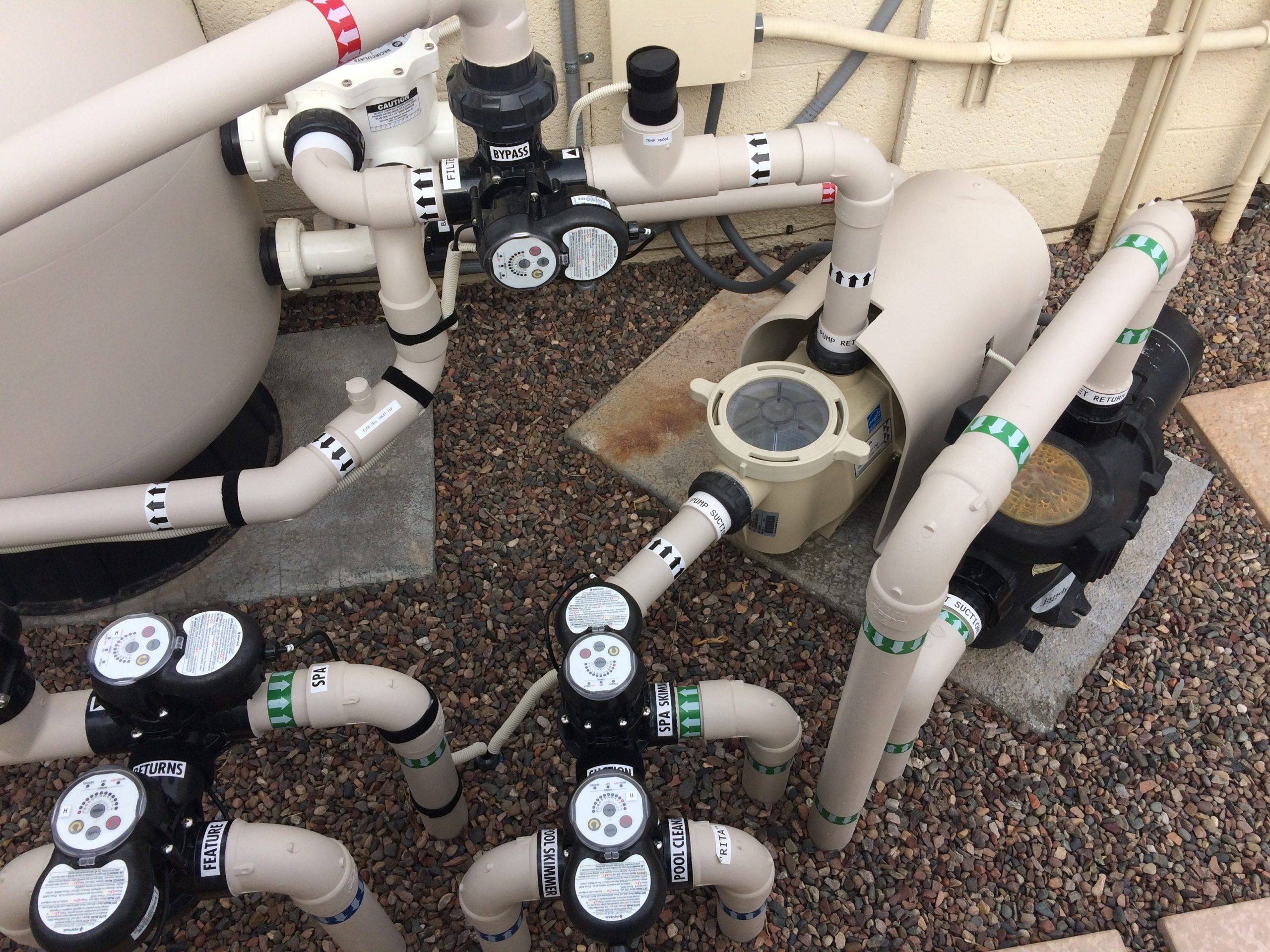The magical question of how long should I run my pump for?
I've got a 3 speed pump that moves the following:
The manufacturer recommends "The total volume of water in your pool should be turned over at least once a day. In warmer weather, or when the pool is used a lot, your pump should operate for 8 hours a day or more". They suggest a minimum of 3 hours per day on low.
For the 5 years or so I've had our pool, I've been running it for about 7 to 8 hours for general operation.
I've just gone through the SLAM process due to algae or similar and I know water chemistry plays the biggest role, but how much does circulation come into it and how do you know what you can get away with? It's that balance between healthy runtime and minimising unneccessary power usage.
I've got a 3 speed pump that moves the following:
- High: 15,120L per hour
- Medium: 12,720 per hour
- Low: 7,260L per hour
The manufacturer recommends "The total volume of water in your pool should be turned over at least once a day. In warmer weather, or when the pool is used a lot, your pump should operate for 8 hours a day or more". They suggest a minimum of 3 hours per day on low.
For the 5 years or so I've had our pool, I've been running it for about 7 to 8 hours for general operation.
I've just gone through the SLAM process due to algae or similar and I know water chemistry plays the biggest role, but how much does circulation come into it and how do you know what you can get away with? It's that balance between healthy runtime and minimising unneccessary power usage.


